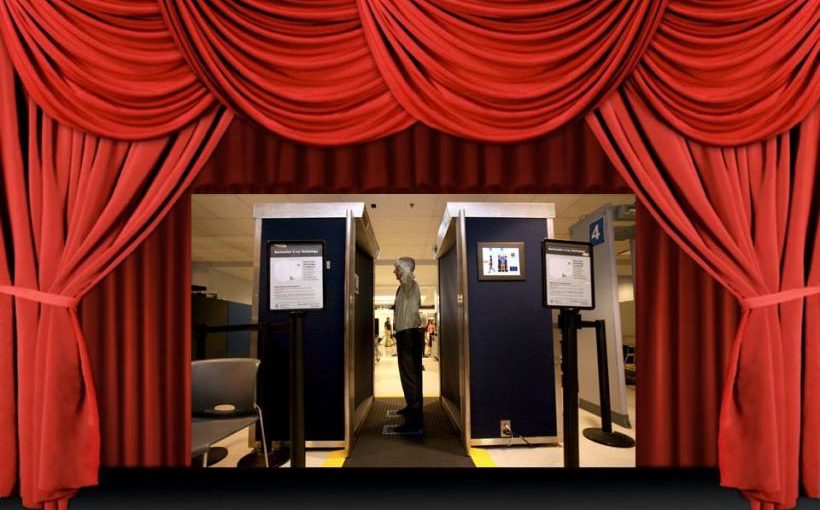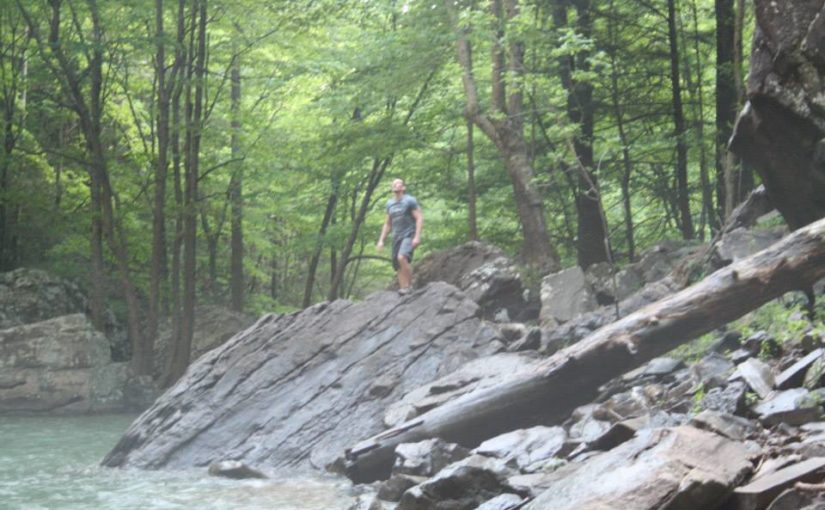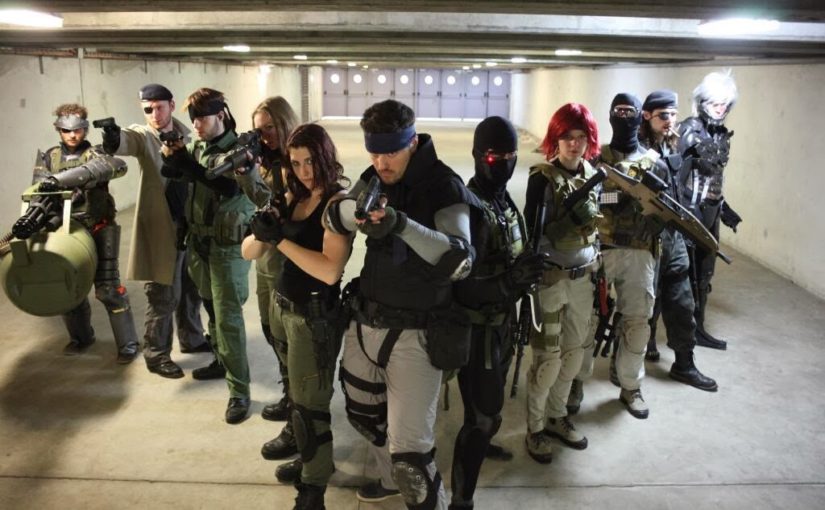“Diligence passe sens” (“Great is drill.”) Henry VIII
A common request among combat rookies and even intermediate players (and if we are honest some long-timers still think this way, too) is “What’s next?” or “What’s the next super-secret neato technique to master?” And I get this attitude, I mean who doesn’t want some new bit of information to chew over, some new skill to toy with and occupy the mind? For some, familiarity breeds contempt and if most of us don’t feel contempt for what we know we must do, we can at least admit that sometimes another day in the gym working on variations of the same things as we did last week can occasionally lead to a bit of staleness.
But, despite the occasional battle with “This again?” we must come to terms with and embrace the fact that this is the way of all great and serious endeavors. Let’s look to other sports for illustration.
If we were to step onto the court of any winning basketball team during practice, would we expect to see something unlike what we see in a basketball game itself, that is, athletes working on passing, shooting, rebounding, the full court press, et cetera?
In football practice from Pop Warner to the NFL you will see variations of the same drills and plays.
In tennis you will not see athletes forgoing tried and true serves in favor of developing jumping spinning back serves with a half-gainer twist.
In a good boxing gym you will see amateur and pro fighters alike working the bag with the exact same arsenal.
In good MMA gyms you will see good double leg takedowns and the same handful of go-to submissions being worked by rookies and pros alike.
In other words, if even those at the top of their games, those who play their given games for money are subjected to the exact same regimen as the beginner (with a difference in intensity, of course) than why would any of us not at that particular level expect to do something different to get to that same status?
There is a sometime tendency to see Drills as finite in that once a particular skill has been honed to an acceptable useful level we get to move on and leave it behind as we play with the next toy.
Nothing could be further from the truth. Manny Pacquiao still hones and drills the exact same jab that any 1st day boxing rookie must work on.
Demian Maia still throws hooks in and uses the same rear-naked choke that any strip mall aspiring blue belt understands.
You can go on and on with examples of tactics and techniques that you are introduced to in your first year of training being much of the basis of what you will see emerge victorious in rings and octagons the world round.
We must not approach drilling as a soon to be reached destination with some threshold arrived at where we get to stop. Drilling must be a continuous process as we will never quite know what individual repetition or single drill session will be the one that does the job to make that tool what it is.
Here’s a passage from Ralph Waldo Emerson on the subject of drilling:
“At West Point, Col. Buford, the chief engineer, pounded with a hammer on the trunnions of a cannon, until he broke them off. He fired a piece of ordnance some hundred times in swift succession, until it burst. Now which stroke broke the trunnion? Every stroke. Which blast burst the piece? Every blast.”
Emerson and Colonel Buford’s lesson still holds, we never have any way of knowing which day of drilling our jab, our double leg, or our double-wristlock will be the day that puts it over the edge, the day that makes it move from the commonplace to the extraordinary.
But while we may not know the single instance that does the job, we do know that every instance contributes to the one (if such a one even exists). And with this wisdom in mind we should follow in the steps of Henry VIII, Emerson, Colonel Buford, Manny Pacquiao, and every other top athlete who does what rookies do, but they do it better because they never stopped working on what works and pursued something else. They just kept drilling and drilling and drilling.








